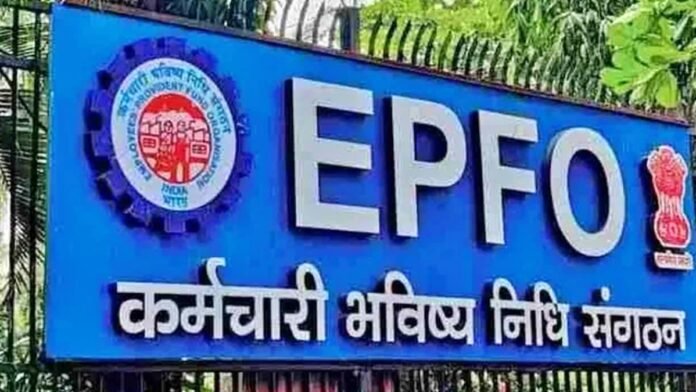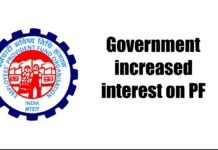
Key Points
- Central government plans to allow more flexible and larger withdrawals from Employees’ Provident Fund (EPF) accounts.
- Proposal under consideration: Employees could withdraw up to 60–70% of their PF balance after every 10 years of regular service.
- New rules may permit three substantial withdrawals during entire career potentially at ages 35, 45, and 55.
- Currently, significant withdrawals are permitted mainly under specific conditions like medical emergencies, home purchase, or after retirement.
- About 7.5 crore EPFO members are set to benefit from enhanced liquidity options, but early withdrawals may affect retirement corpus.
- Final decision pending after detailed discussions between EPFO and the Ministry of Labour & Employment.
New Delhi: In what could be a landmark move for India’s salaried workforce, the Union Ministry of Labour and Employment is actively considering significant changes to the withdrawal policy for Employees’ Provident Fund Organization (EPFO) accounts. The proposal, developed in collaboration with the EPFO, aims to allow employees to access a much larger portion of their own provident fund savings at multiple points during their career.
What Are the Proposed Changes?
At present, EPF subscribers can partially withdraw from their accounts under limited circumstances such as for medical emergencies, home purchase, children’s education, or marriage. Even then, the withdrawal amount is capped and subject to multiple conditions. The bulk of the corpus is accessible only upon retirement at 58 or after two months of job termination.
Under the new proposal, workers with at least 10 years of continuous service could withdraw up to 60–70% of their accumulated PF balance not just once, but up to three times during their working life. This means an employee could make significant withdrawals around age 35, 45, and 55, assuming they started working at age 25 and remained in service.
How Would the New System Benefit Employees?
- Enhanced Liquidity: Employees facing financial needs at key life stages (mid-career, family milestones, emergencies) would no longer have to wait until retirement.
- Greater Flexibility: The proposal is designed to cater to a new era of financial needs, where employees may want to fund higher education, entrepreneurship, or other major life goals before retirement.
- Improved Access: With about 7.5 crore members currently in the EPFO system, the impact on liquidity for the working population could be substantial.
How Can Money Be Withdrawn From Your PF Account? (Step-by-Step)
- Log in to the EPFO portal using your UAN and password.
- Update KYC: Ensure Aadhaar, PAN, and bank details are updated and verified with UAN.
- Select Appropriate Form: Choose the applicable online service claim form (31, 19, 10C, 10D).
- State Reason & Amount: Specify the reason for withdrawal and amount required (Form 31 for partial withdrawal).
- Apply Online: Submit the request and monitor SMS updates. Funds typically reach the designated bank account within 15–20 working days.
Potential Downsides: Impact on Retirement Readiness
While the proposed changes would offer more financial freedom and address immediate needs, government officials and financial experts caution about possible drawbacks:
- Reduced Retirement Corpus: Frequent large withdrawals might diminish the final PF balance, affecting retirement security and compounding benefits.
- Weaker Long-Term Savings: The core intent of PF ensuring robust post-retirement financial stability may be compromised if funds are accessed too early or too often.
What Happens Next?
The final draft of the revised withdrawal norms is being formulated after consultations between the EPFO and the Ministry of Labour & Employment. Once approved, implementation instructions and a detailed framework will be shared with all stakeholders.
Bottom Line: This move if approved will usher in a major shift in India’s social security regime, offering unprecedented flexibility for employees while also underscoring the need for prudent financial planning.

















































